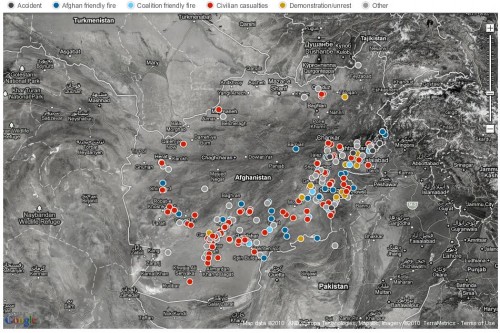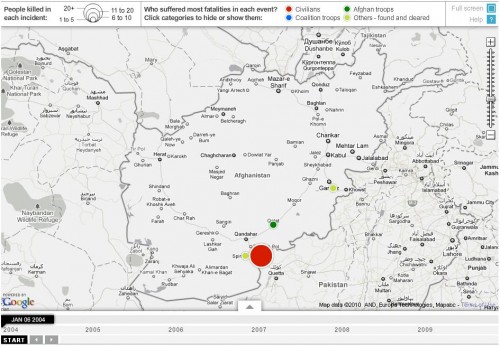NPR recently featured a story on Kevin Michael Connolly. Connolly is an athlete, adventurer, author, and photographer who was born without legs.
In his memoir, Double Take, he talks about travel. People around the world, he explains, tend to stare. And, with his camera, he stared back.
Curiosity, it appears, is very human. But people in different places tend to speculate differently as to the source of his lost legs and that, he discovered, is quite culturally specific.
In Sarajevo, people tended to think that he’d lost his legs in mines during the Balkan conflicts. In New Zealand he overheard a child asking his mother if he’d been attacked by a shark. In Montana, he was asked if he still wore his dog tags from Iraq.
I broke my leg five weeks ago and, for what it’s worth (not much really), my experience, also, is that people speculate based on their own experiences and their relationship to you. An avid lindy hopper (12 years now… well, not now exactly, but again real soon), many of my dance friends immediately inquire as to whether I broke my leg dancing. My raunchy friend, Fancy, asked if I broke it “doin’ it.” The second most common guess is that I broke it stepping off a curb. It turns out lots of people do that. Who knew!
For more, see Connolly’s website or listen to the NPR Radio Story.
Lisa Wade, PhD is an Associate Professor at Tulane University. She is the author of American Hookup, a book about college sexual culture; a textbook about gender; and a forthcoming introductory text: Terrible Magnificent Sociology. You can follow her on Twitter and Instagram.
















